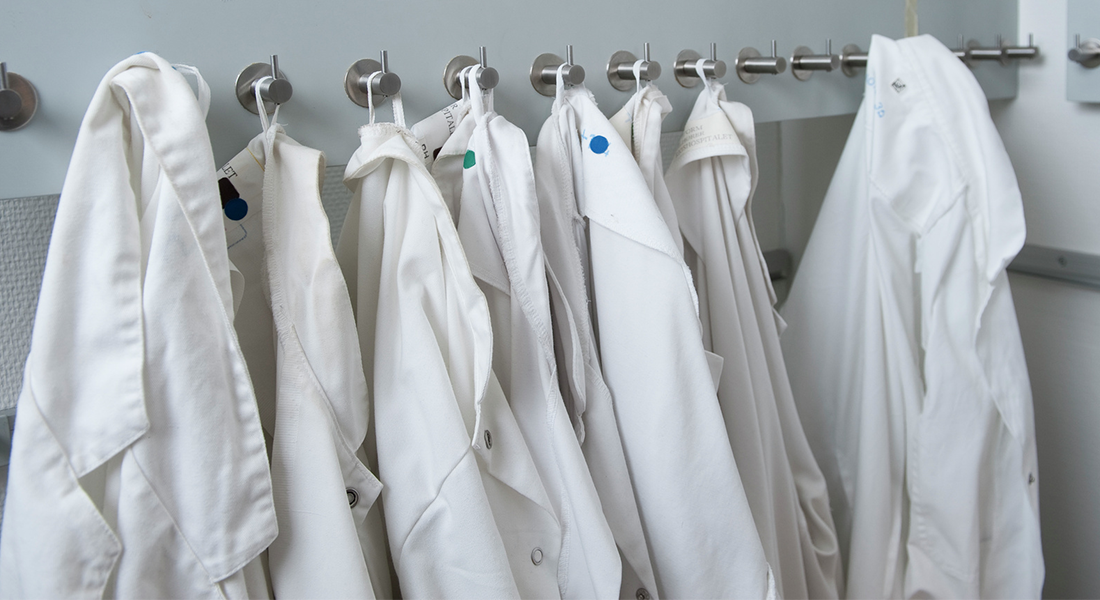Research projects

Four key areas will be in focus as we work towards a new understanding as well as new methodology for oral delivery of biopharmaceuticals.
Each key area will be led by a leading expert within the field:
- Drug delivery and advanced formulation design, Professor Hanne Mørck Nielsen
- Peptide and protein chemistry, Professor Knud Jørgen Jensen
- Nanobiophotonics, Professor Jesper Glückstad
- Advanced bioimaging, Professor Urs Otto Häfeli
The research is organized in three work packages.
Chemical tailoring of biopharmaceuticals and excipients, design of drug delivery systems (DDS)
We will use functionalized biopharmaceuticals and excipient(s) and the biopharmaceuticals will be delivered in DDS via oral administration.
Main objectives and methodologies
- Design and chemical synthesis of novel excipients and systematically study their behavior and benchmark against conventional excipients. We address how excipients can be tailored to the specific biopharmaceutical
- Design and chemically synthesize biopharmaceuticals with modifications, which direct their physico-chemical properties, e.g., controlled self-assembly into oligomers or non-covalent binding to excipients
- Bioimaging labels will be conjugated to both biopharmaceutical and/or the excipient allowing tracking and imaging in in vitro and in vivo models.
Interaction with biomatrices and biobarriers
We will assemble biopharmaceuticals in drug delivery systems (DDS) by controlling molecular properties and formulation conditions in microfluidics and when needed include encapsulation in soft or solidified drug delivery systems.
Main objectives and methodologies
- Obtain detailed insight at the molecular level on drug-excipient interactions, and thus the DDS properties in relevant biomatrices under relevant physiological conditions (e.g. enzymes, mucins and flow)
- Investigate mucus diffusion of the DDS
- Study in real-time (in contrast to traditional endpoint assays) the global and microdomain effects of DDS and excipient on epithelia surface and mucus
- Use emerging developments in lab-on-a-chip systems for in vitro epithelial models as well as microtools for exposure of the DDS at very specific locations on membranes.
In vivo dynamics and therapeutic potential
The ability to follow the fate of biopharmaceuticals at the cellular, tissue and whole-body level is crucial for the success of the center.
Main objectives and methodologies
- In vivo studies will be conducted to confirm and feed-back hypotheses derived from work package 1 and 2
- The dynamics and fate of biopharmaceuticals and drug delivery systems uptake from the intestine, and path after absorption will be investigated by live animal imaging. Furthermore, tissue samples will allow for higher resolution imaging.
